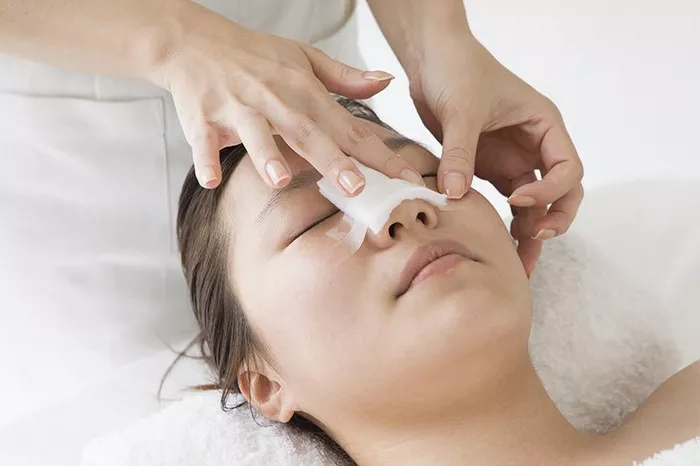Rhinoplasty, commonly referred to as a “nose job,” is a surgical procedure aimed at reshaping the nose to enhance its aesthetic appearance or improve its functionality. As with any surgical intervention, rhinoplasty comes with a recovery period during which patients need to be cautious about their actions to ensure optimal healing. One such concern that patients often have is the effect of sneezing on their healing process post-rhinoplasty. In this article, we will delve into the potential repercussions of sneezing after rhinoplasty and offer advice on how to manage such situations to promote a successful recovery.
Understanding Rhinoplasty and Recovery
Rhinoplasty involves altering the structure of the nose by modifying bone, cartilage, and tissue. This surgical procedure can be performed for cosmetic reasons or to address functional issues such as breathing difficulties. Following the surgery, patients are typically provided with detailed instructions for a smooth recovery process. These instructions cover topics such as post-operative care, medication management, and potential complications to watch out for.
The Impact of Sneezing on Rhinoplasty Recovery
Sneezing is a reflex action that expels air forcefully through the nose and mouth. It is a natural bodily response that can’t always be controlled. After rhinoplasty, sneezing can potentially disrupt the delicate healing process due to the sudden pressure and movement it creates within the nasal area. The concern arises from the fact that the surgery involves altering bone and cartilage structures, which may be sensitive during the initial healing phase.
Possible Consequences of Sneezing
Dislodging Internal Structures: The force generated by a sneeze could potentially dislodge internal structures such as sutures or packing materials that were used during the surgery. This can lead to discomfort, bleeding, or even affect the final aesthetic outcome of the procedure.
Increased Swelling: Sneezing might result in increased swelling around the surgical site. Swelling is a natural response to surgery, but excessive swelling can delay the healing process and cause discomfort.
Bleeding: The pressure generated by a sneeze could trigger bleeding, particularly if there are any residual healing wounds within the nasal passages. It’s crucial to avoid excessive pressure to prevent post-operative bleeding.
Minimizing the Impact of Sneezing
While it’s not entirely possible to prevent sneezing altogether, there are steps patients can take to minimize its potential impact on the healing process after rhinoplasty:
Hydration: Staying hydrated can help reduce the likelihood of sneezing, as well-hydrated nasal passages are less prone to irritation that triggers sneezing.
Avoid Irritants: Minimize exposure to allergens or irritants that can trigger sneezing. Keeping the environment clean and free from dust and pollen can be helpful.
Cough and Sneeze Techniques: If a sneeze is imminent, patients can try to sneeze with their mouth open rather than closed. This can divert some of the pressure away from the nasal passages.
Support from Medical Professionals: Consult with the surgical team to discuss any concerns related to sneezing. They can provide personalized advice based on the specific circumstances of the surgery.
Medication Management: In some cases, surgeons may prescribe medications to alleviate discomfort or prevent sneezing. It’s important to follow the recommended medication regimen carefully.
Recovery Milestones
As the recovery process after rhinoplasty progresses, the risk associated with sneezing decreases. Typically, patients can expect the following milestones:
1-2 Weeks: During this time, the risk of complications due to sneezing is higher. It’s important to exercise caution and follow post-operative care instructions diligently.
2-6 Weeks: As the healing process advances, the internal structures become more stable. Sneezing becomes less of a concern, but it’s still advisable to be cautious.
6+ Weeks: By this point, most patients will have reached a level of healing where sneezing is less likely to cause disruption. However, always consult with the surgeon to determine when you can resume normal activities without worry.
Conclusion
Sneezing after rhinoplasty is a valid concern due to the potential impact on the delicate healing process. While it’s not entirely avoidable, patients can take proactive measures to minimize the risks associated with sneezing. By following post-operative care instructions, staying hydrated, and seeking advice from medical professionals, patients can ensure a smoother recovery journey and ultimately achieve the desired results from their rhinoplasty procedure. If you have any concerns about sneezing or other post-operative matters, it’s essential to communicate openly with your surgical team to receive personalized guidance.


